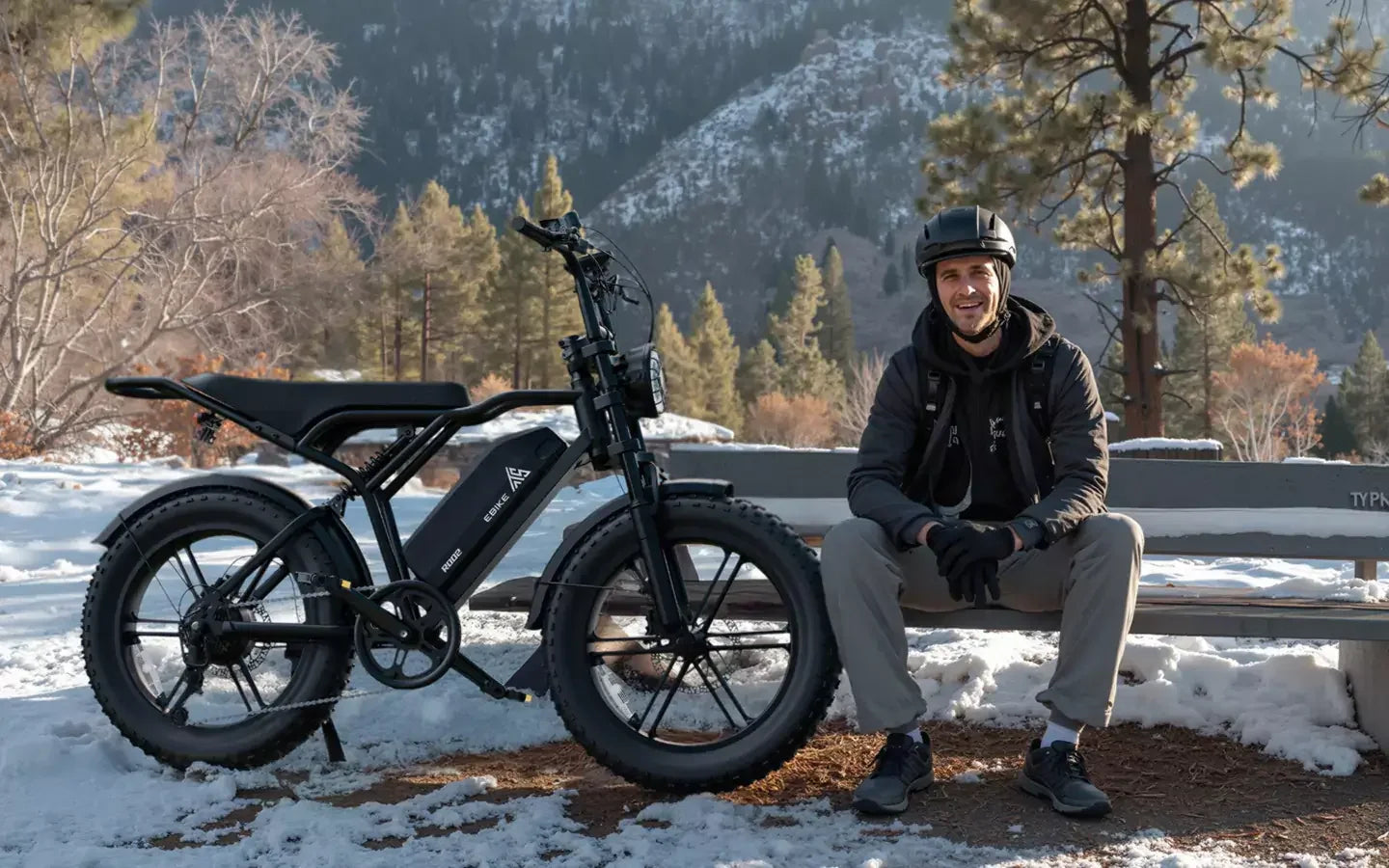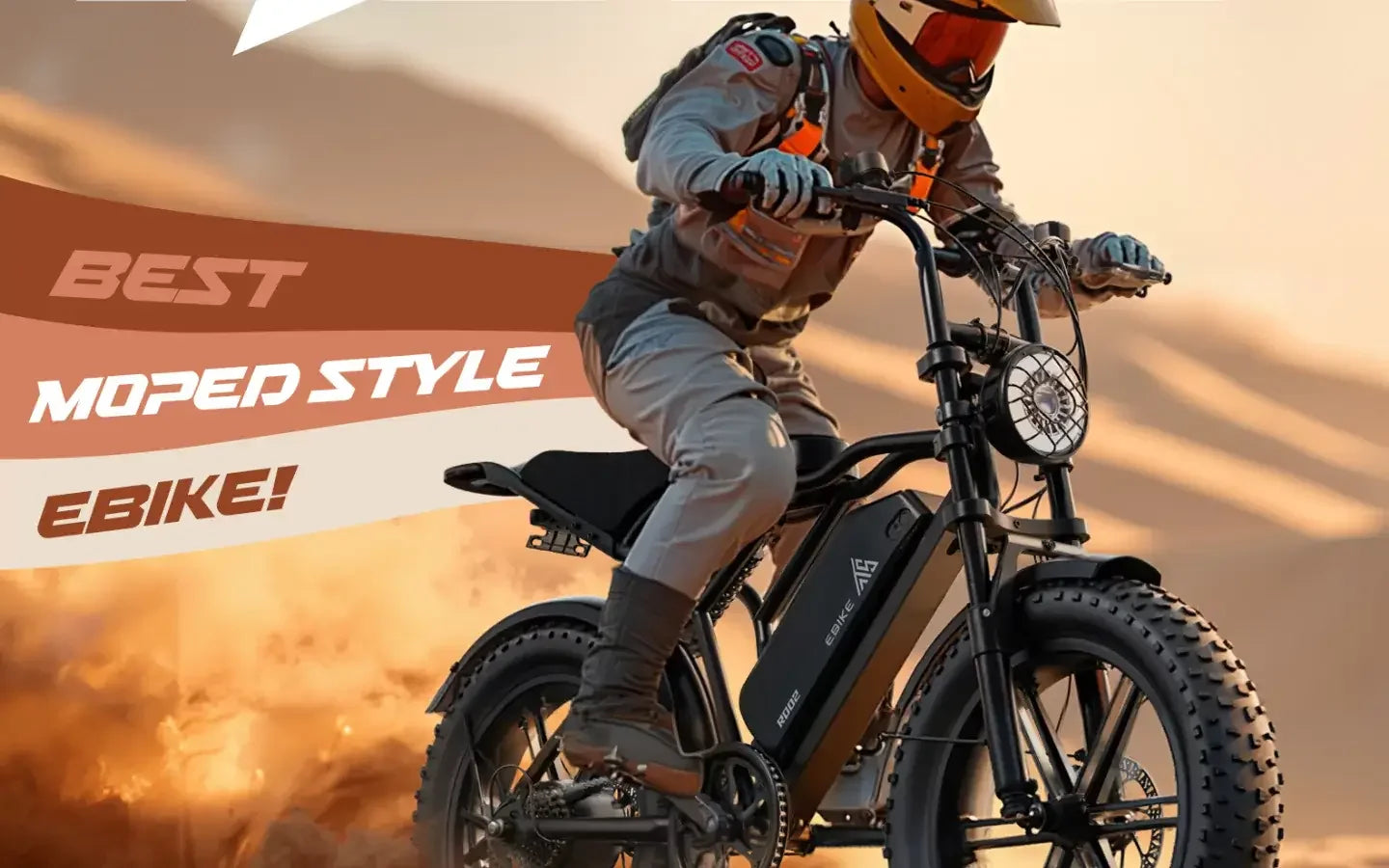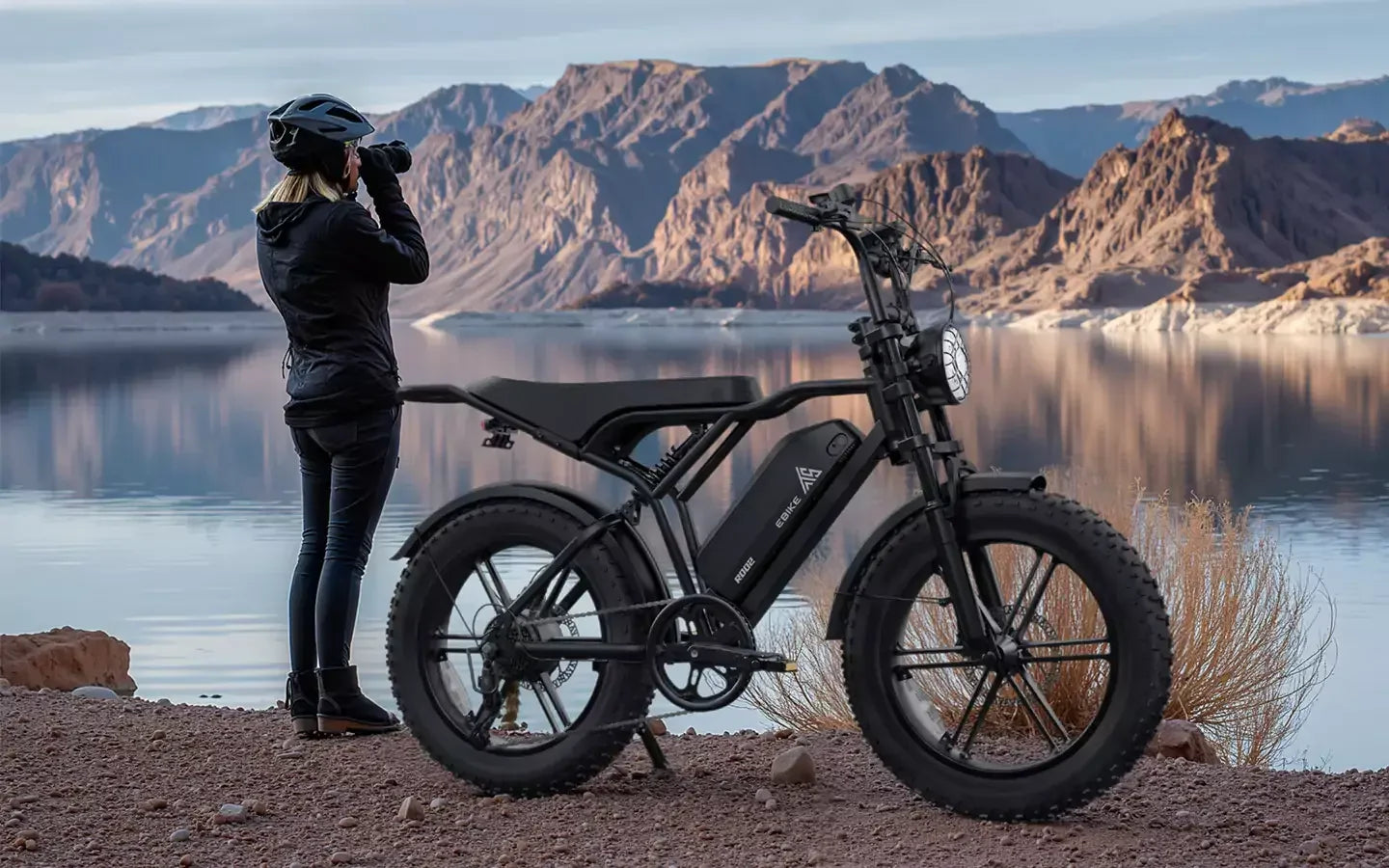A moped bike is a small, low-speed vehicle with an engine under 50cc and pedals, perfect for short urban trips. Its popularity stems from affordability, easy licensing, excellent fuel efficiency, and compact size, making it highly convenient and eco-friendly for city commuting.
What Is a Moped Bike and How Is It Defined?
A moped bike is recognized primarily by its compact design and a small engine typically under 50cc, combined with pedals that can assist in propulsion or starting the engine. The term "moped" itself derives from "motor" and "pedal," highlighting this crucial feature. With a top speed usually ranging between 28 and 30 mph, mopeds are tailored for city streets rather than highways. Their lightweight and compact form factor enable easy parking and agile navigation through dense traffic, distinguishing them as ideal urban vehicles.
Engine Size and Pedal Function
- Engine size is almost always below 50cc, limiting speed but ensuring fuel efficiency.
- Pedals provide manual propulsion or aid in engine ignition, a holdover from early designs.
Speed and Maneuverability
- Top speeds hover around 28-30 mph, ideal for congested urban contexts.
- Compact dimensions facilitate nimble handling in tight traffic and limited parking spots.
Why Are Mopeds Popular for Urban Commuting?
Mopeds endure as favored transportation due to an intersection of economical, regulatory, and practical advantages suited to urban travelers.
How Does Affordability Drive Moped Popularity?
Mopeds boast a relatively low purchase price compared to cars or motorcycles, while operational expenses remain minimal. Fuel consumption often exceeds 100 miles per gallon in gas models, and insurance costs tend to be significantly lower.
- Purchase prices under typical motorcycles and cars.
- Running costs (fuel, maintenance, insurance) are highly economical.
What Makes Mopeds Eco-Friendly and Convenient?
Electric moped variants amplify the eco-friendliness of this category, providing zero-emission options. Their small size and low speed allow riders to skirt traffic jams efficiently and park with ease, making short trips and errands less time-consuming.
- Electric mopeds as greener alternatives.
- Ideal for last-mile connectivity and quick errands.
How Does Licensing Impact Moped Accessibility?
Many regions relax licensing requirements for mopeds, not demanding full motorcycle licenses, which reduces entry barriers for new riders and those seeking simple, cost-effective urban transit solutions.
- Licensing often requires less stringent endorsements than motorcycles.
- Registration rules may be simpler or waived in some jurisdictions.
What Are the Key Features of Mopeds Compared to Other Vehicles?
| Feature | Moped | Motorcycle | Car |
|---|---|---|---|
| Engine Size | Typically under 50cc | 150cc or greater | Multiple liters |
| Top Speed | Around 28-30 mph | 60+ mph | 60-120+ mph |
| Licensing | Often easier or minimal | Full motorcycle license | Driver’s license required |
| Fuel Efficiency | 100+ mpg common | Typically 35-60 mpg | 20-30 mpg |
| Size & Parking | Compact, easy for tight spaces | Larger but smaller than cars | Largest, more parking needed |
| Pedals | Included traditionally | Not included | Not applicable |
How Does Moped Design Support Different Needs?
Mopeds’ versatility is reflected in their various models and designs, accommodating a broad spectrum of rider requirements and environments.
- Compact urban designs prioritize agility.
- Some electric models cater to eco-conscious users.
- Variants like those from TST EBike offer innovation with high-powered yet cost-effective electric models, available in sizes like the 26-inch for tougher terrains and 27-inch for daily commuting and mild mountain biking.
What Should You Consider When Buying a Moped?
Buying Tips
When selecting a moped, consider your commuting distance, terrain, and licensing requirements. Gas-powered models offer economy and established mechanics, while electric mopeds bring environmental benefits and lower maintenance. Check for the local laws regarding licensing, registration, and speed limits. Evaluate the company's reputation, warranty, and customer support. For diverse needs, explore models like those from TST EBike, known for durable and cost-effective electric mopeds.
TST EBike Expert Views
"TST EBike revolutionizes urban transport by marrying affordability with performance, especially through their specially designed 26-inch and 27-inch electric models. The 26-inch excels on rough terrains such as snow or sand, while the 27-inch caters perfectly to everyday city commuting and light mountain biking. This dual approach expands the functionality of mopeds, combining power and practicality with exceptional consumer feedback integration."
Frequently Asked Questions
What distinguishes a moped from a scooter or motorcycle?
A moped typically features a smaller engine under 50cc and pedals, limiting speed and emphasizing fuel efficiency and simple operation. Scooters and motorcycles usually have larger engines and no pedals.
Can I ride a moped without a motorcycle license?
Licensing varies by location but many areas have less stringent requirements for mopeds compared to motorcycles, sometimes only needing a standard driver’s license or a specific moped endorsement.
Are electric mopeds more cost-effective long-term?
Yes, electric mopeds reduce fuel costs and maintenance expenses and are environmentally friendlier, though upfront costs might be higher than gas mopeds.
Is a moped practical for long-distance travel?
Mopeds are best suited for short city commutes and errands due to their limited top speed and engine size.
What makes TST EBike models unique among mopeds?
TST EBike emphasizes high power and cost-effectiveness in electric models, designed for both rough terrains and daily commuting, backed by extensive consumer feedback for quality assurance.





























Leave a comment
All comments are moderated before being published.
This site is protected by hCaptcha and the hCaptcha Privacy Policy and Terms of Service apply.